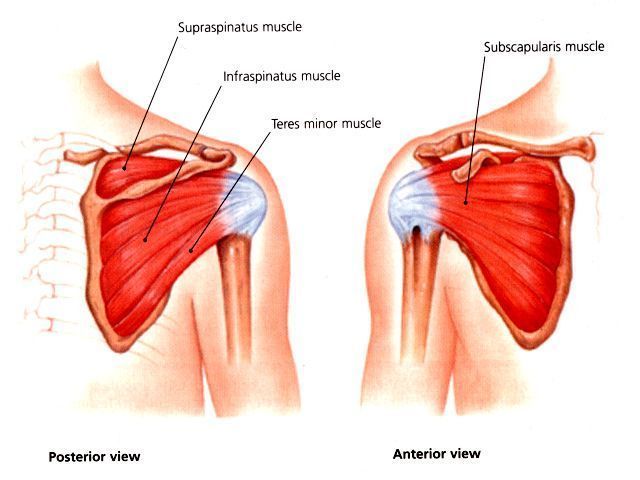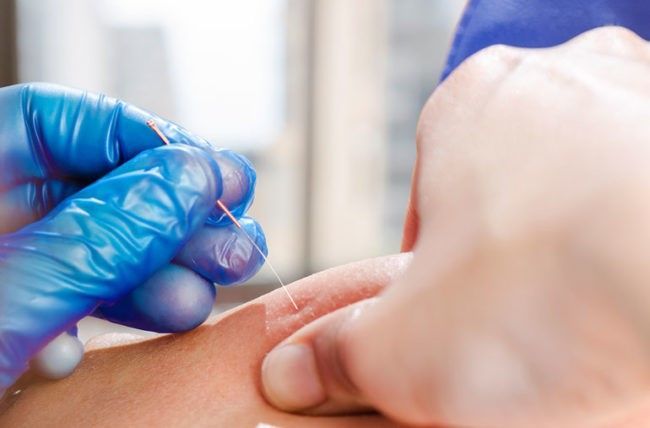Tibialis Posterior
Tibialis Posterior
Tibialis Posterior (Tib Post) is a muscle of the lower leg that starts deep to the calf. It then runs behind the medial malleous of the ankle and attaches to the bones of the feet, in particular the navicular. Tib Post plantarflexes (points) the foot and ankle, and inverts (turns in) the ankle and foot. It is not that common to injure this muscle in isolation but it can be overloaded and become painful, along with the calf muscles and Achilles tendon, due to overloading with regards to training and activity, neglect of strength and mobility work to calf region, maladaptive biomechanics and sometimes footwear. Higher up the chain, the stability at the knees, hips and lumbo-pelvic region can impact on how the foot and ankle moves this either elongated or shortening Tib Post leading to overloading and pain. We need Tib Post, as well as the other muscles at our ankles to be working at their optimum to help us walk, run, keep active and fully participate in sport.
Posterior Tibial Tendon Dysfunction (PTTD)
This a condition of the Tib Post tendon that usually has a gradual onset, is degenerative in nature and mainly occurs in the middle-aged population. These are the four phases of PTTD
- Pain and swelling along the length of the tendon but can still achieve single calf raise; minimal flat foot deformity
- Pain and swelling remain; unable to do single leg calf raise; noticeable flat foot deformity but this can be temporarily corrected passively
- Development of severe flat foot deformity that can no longer be corrected – can be painful.
- Failure of deltoid ligament at the inside of the ankle with complete ankle joint involvement and ankle begins to collapse inward leading to an excessively pronated foot and ankle. Surgical intervention is required at this point.
Foot orthoses can help with these symptoms in the appropriate phase, along with exercise therapy and advice on symptom management. Please consult your Chartered Physiotherapist to determine a treatment plan for you.
NB: Foot pronation is a good thing! We need it to enable our feet to successfully clear the ground and propel us forward, whether we’re walking or running. If you have always had “flat feet” and they’ve never been painful then your feet do not need to be corrected as your body has adapted to them and has coped with them for all this time.
References:
Alvarez et al (2006) Stage I and II Posterior Tibial Tendon Dysfunction Treated by a Structured Nonoperative Management Protocol: An Orthosis & Exercise Program. Foot and Ankle International , 27(1): 2-8
Kulig et al (2009) Nonsurgical management of posterior tibial tendon dysfunction with orthoses and resistive exercise: a randomized controlled trial. Physical Therapy, 89(1):26-37




